During an afternoon concert in Cologne in 2016, an audience that had been expecting Baroque classics hissed and booed when the harpsichordist Mahan Esfahani instead performed an adaptation of Steve Reich’s minimalist classic Piano Phase. He stood his ground and yelled back—“What are you afraid of?”—then moved on to the next item on the program, C.P.E. Bach. But the turbulence refused to subside. As the performance was about to end, a man sprinted to the stage and berated his fellow concertgoers for their behavior, and the audience members started debating the nature of musical tradition. Esfahani has recalled in interviews that they ended up pretty evenly divided—and that the discussion continued in the pub afterward.
The future of the harpsichord is of as much concern to Esfahani as its past, and he has spent much of his career in the crossfire between traditionalism and new directions. He’s well suited there. His playing style—bountiful in gesture, rhythmically alert, painterly in its focus on tone and color—serves him as well with Handel and Rameau as with the modern composers he also favors, including George Lewis, Gavin Bryars, and Henryk Górecki. He is midway through recording the complete keyboard music of J.S. Bach, the composer he most reveres; this year he is set to release a recording of The Well-Tempered Clavier, arguably the pinnacle of the Baroque harpsichord repertoire.
Esfahani’s instrument of choice requires him to make creative choices about sound beyond simply pressing the notes. Unlike piano strings, which are struck by tiny hammers, harpsichord strings are plucked with a plectrum, which is held in place by a wooden jack. There can be two, three, or sometimes even four separate sets of strings, each with its own tonal color, giving harpsichordists remarkable latitude to decide which sound would best carry a composer’s intentions. The player moves between the two “manuals,” or keyboards, stacked above one another. They can also control sound through “stops,” like a pipe organ, or through switches that allow or prevent resonance. The tighter the strings are held, the more pinched the sound. When multiple sets of strings are put into motion, one set played at a higher octave can bolster a melodic line by lending it added clarion brightness.
Despite the harpsichord’s delicate, brittle timbre, the instrument was largely abandoned during the hundred and twenty years, between the 1760s and 1890s, that Mozart, Beethoven, Schubert, Chopin, and Liszt composed the music for piano that remains most popular in concert halls. Pianos, which began to emerge around the early 1700s, had many advantages: they didn’t fall out of tune as easily, could sustain crescendos, and projected a fuller sound that stood a chance against orchestras dominated increasingly by large string and wind sections. The piano was also the perfect foil to the Romantic imagination, which preferred to express itself in sweeping chords and cascading arpeggios or with a tenderly sustained melodic bonbon.
By the start of the twentieth century tastes had shifted. Big-boned harmonic swells evolved into leaner, meaner textures to which the crisp tone of the harpsichord was well matched. In the 1920s the Polish musician Wanda Landowska commissioned the first modern harpsichord concertos from the Spanish composer Manuel de Falla (Concerto for Harpsichord, Flute, Oboe, Clarinet, Violin and Cello) and the French composer Francis Poulenc (Concert champêtre). In 1933 she became the first person—not just on harpsichord but on any instrument—to make a complete recording of Bach’s Goldberg Variations. The pieces she commissioned were very much a part of the bristly, deadpan sound world of Neoclassicism that Igor Stravinsky had recently unleashed. De Falla’s sonically tart Concerto spoke with an austere opulence, while the Poulenc gambolled along with mischievous, dry wit.
The momentum Landowska initiated was carried forward by three midcentury Czech composers—Bohuslav Martinů, Hans Krása, and Viktor Kalabis—who wrote significant works for the instrument. Elisabeth Chojnacka, a Polish harpsichordist, enlisted pieces from some of the most dynamic postwar composers: Iannis Xenakis, György Ligeti, Maurice Ohana, Franco Donatoni, and Górecki. Ligeti’s Continuum transformed the instrument into a mechanism churning and mulching together crisscrossing lines, counterpoint getting busier and busier until the weave of lines appear to collapse in on themselves. Xenakis scattered around swarms of notes, punctuated by frenzied walls of noise.
A parallel trend began during the 1950s and stepped up a gear into the 1960s. During this period, rather than looking forward, musicians like John Eliot Gardiner, Frans Brüggen, Trevor Pinnock, Nikolaus Harnoncourt, and Reinhard Goebel began to play on instruments made in the Baroque era, or designed to sound like they had been. They worked in smaller groups, as opposed to a full orchestra, with the aim of recreating the countless nuances of articulation, tempo, and rhythm of the source material. The harpsichord sat at the heart of that project. Its place in history, on this view, is as a “museum” instrument. Esfahani, on the other hand, has always preferred to play it as if its best days might lie ahead.
*
Esfahani was born in Tehran in 1984. When he was four years old, in the aftermath of the 1979 Revolution, his parents relocated to Rockville, Maryland. At eight, he recalled to me in an interview, he borrowed a cassette of harpsichord music from his local library and was entranced. In the early 1990s, during a family visit to Iran, a kind uncle gave him a box of cassettes that included a recording of the influential German conductor, organist, and harpsichordist Karl Richter performing Bach. This was when Esfahani’s flirtation with the instrument blossomed into full-blown love.
During his years in Rockville a sympathetic piano teacher, Carolyn Booth, gave him a solid grounding in music theory: they score-read the symphonies of Schumann and Brahms, analyzed the serial compositions of Anton Webern. He enrolled at Stanford University with plans to study medicine but emerged three years later with a degree in musicology and history, and in the years that followed he was privately taught by two groundbreaking players: in Boston by Peter Watchorn; and later, in Prague, where he now lives, by Zuzana Růžičková, the first harpsichordist to record a complete cycle of Bach’s keyboard works.
Success came slowly. Most harpsichordists begin by playing continuo parts in Baroque ensembles; their job is to maintain the rhythmic pulse and harmonic structure on which the rest of an orchestra can move. But that held no attraction for Esfahani, who wanted to establish himself as a soloist. Around 2007, a chance encounter while playing a one-off engagement in London led him to being named a BBC Radio 3 New Generation Artist. Despite having few solo recitals under his belt, he was soon hired to perform the Poulenc concerto with the BBC Scottish Symphony Orchestra at the Wigmore Hall, to which he returns often. In 2014 he released his first recordings: C.P.E. Bach’s Württemberg Sonatas and a disc of music by William Byrd, J.S. Bach, and Ligeti, which together staked out the stylistic terrain he continues to occupy.
Preludes, Inventions and Sinfonias, issued by Hyperion last year, is the seventh installment of his ongoing project to complete Bach keyboard compositions, following on The Six Partitas, The French Suites, the French Overture, the Italian Concerto, the Notebooks for Anna Magdalena, and the Goldberg Variations. Here the tics and obsessions he brings to Bach become clear. Listen to the intensity of the chatter as, in the second and fifth variations, he digs into the internal discussion of Bach’s lines—their movement between harmonic tension and release, between rhythmic regularity and kinks in the pulse. Then to how, in the emotionally pained fifteenth variation, as the harmony sours, the rhythmic flow is gently punctured and walks with a slightly uneven gait.
A crucial interpretive strategy of Esfahani’s is playing Russian Roulette with time. On the “Toccata” from the Sixth Partita, he elasticates the notionally regular pulse to generate harmonic suspense. In his approach to the opening of the Second Partita time fizzles out altogether as opulent arpeggios float free of rhythmic regularity. Performing the French Overture he allows, where appropriate, the quirks of the melody line to nudge the left-hand accompaniment out of its steady plod.
Those details are supported by a kaleidoscope of colors so broad and varied as to operate as a form of orchestration. Esfahani yanks out all the stops at the end of the Second Partita, making every note ring in octaves, adding stampeding weight to Bach’s lurching rhythms. Another sort of sonic fixation haunts his playing as well. Some harpsichordists use the recording studio to edit out the instrument’s “embarrassing” bodily functions: rheumatic creaks and internal percussive rattling as the mechanism comes to rest. Esfahani instead packs Preludes, Inventions and Sinfonias with final chords that shred and splinter, then allows pixelating molecules of sound to dissolve toward silence. The ghosts inside the machine must be heard, too.
*
Esfahani keeps absolute faith both with the harpsichord and with today’s composers by commissioning innovative work. He regularly wires up his instrument to electronics and has collaborated with composers who are equally at home with improvisation. His ideas about new harpsichord music crystallized, he told me, when he encountered Kaija Saariaho’s classic Jardin secret II (1986), in which electronic sound punches holes through clusters of organic sound emanating from the harpsichord. It confirmed his belief that, despite the weight of its history, the instrument could be made to work against its stereotype.
In 2018 he commissioned a work from the American composer, improviser, and theorist George Lewis, whom he considers a mentor. Timelike Weave coaxed zigzagging spirals out of the instrument that as they snowballed also crumbled and fragmented. The plainspoken brittleness of the harpsichord’s tone brings across the duality of Lewis’s music, the way it catches pieces in freefall even as momentum rolls relentlessly forward—a dynamic that the more resonant boom of the piano might have soft-pedalled.
In the title of Esfahani’s 2020 album of new modernist composition, Musique?, the question mark hangs heavy. What does it mean to write for the harpsichord now? The record includes Intertwined distances, a commission from the Iranian-born composer Anahita Abbasi that juxtaposes real-time harpsichord playing with electronically altered sounds. In Programme commun «Musique socialiste?» by the French composer Luc Ferrari, repetitive harpsichord pulses propel the electronics forward.
Purely acoustic pieces, meanwhile, reveal other ways composers have renewed the harpsichord’s expressive base: Henry Cowell’s Set of Four and Gavin Bryars’s After Handel’s ‘Vesper’ transform Baroque sources by expanding their harmonies and inserting rhythmic trapdoors. On piano Tōru Takemitsu’s signature waterscape pieces can sound soft-focus, like diluted Debussy; but the objectifying touch of his harpsichord composition Rain dreaming leaves sound with nowhere to swim. The intrigue of the writing comes into focus, note by note.
In 2023 Esfahani released a disc of concertos by those midcentury Czech composers—Martinů, Krása, and Kalabis—who did so much for his instrument. The harpsichord carries the Kurt Weill–like sardonic twists and percussive newsreel crunch of Krása’s Kammermusik to perfection, as if a time traveller had dropped into this breezily syncopated score. In the recording’s booklet note, Esfahani recalls arriving to perform a concerto and finding in the program an “overly long essay by a local music writer” that included the line “composers do not voluntarily write concertos for the harpsichord.” About their ensuing conversation, “the less said the better,” he wrote—after all those commissions and all that advocacy, some critics still use the harpsichord’s history against it.
Every so often on X, Esfahani will recommend recordings of Baroque evergreens that push back against the orthodoxies of what many specialists consider “authentic.” Among his favorites: the Bach B Minor Mass conducted by Otto Klemperer in 1961 and two separate versions of the St. Matthew Passion, one conducted by Willem Mengelberg in 1939 and another by Ralph Vaughan Williams from 1958. Seemingly innocent enough endorsements—but proponents of “authentic performance practice,” also known as Historically Informed Performance (HIP), tend to look down on these records, claiming that their stolid muscle reflects a nineteenth-century interpretation of how Baroque music “should” be performed.
Esfahani has kept his distance from the HIP scene, which is highly unusual for a harpsichordist. In booklet notes he documents the process and depth of his historical research, but he knows how dangerous it can be for that research to solidify into academicized, cast-iron rules. In any case, the authentic-performance practice wars fade away whenever I encounter the refreshing sound of a harpsichord. I rejoice in how unapologetic the instrument is about its creakiness, and in how its gamey plucked notes emerge like sonic pearls. That the marks made on manuscript paper during the 1700s still have so much to impart about that period is miraculous, and hearing the same sounds experienced by listeners four centuries ago feels unbearably moving. That’s responsibility enough for a musician like Esfahani, through whose hands the future of the instrument flows.


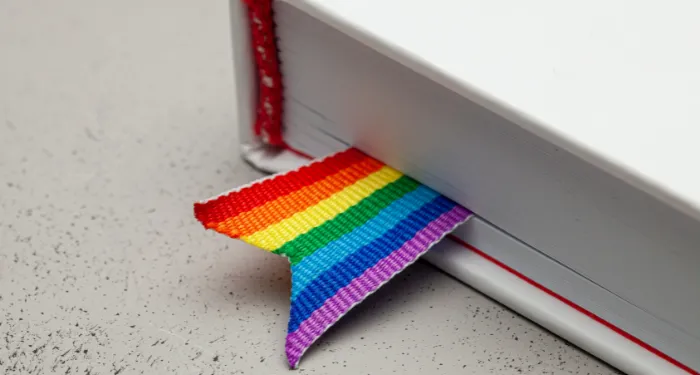




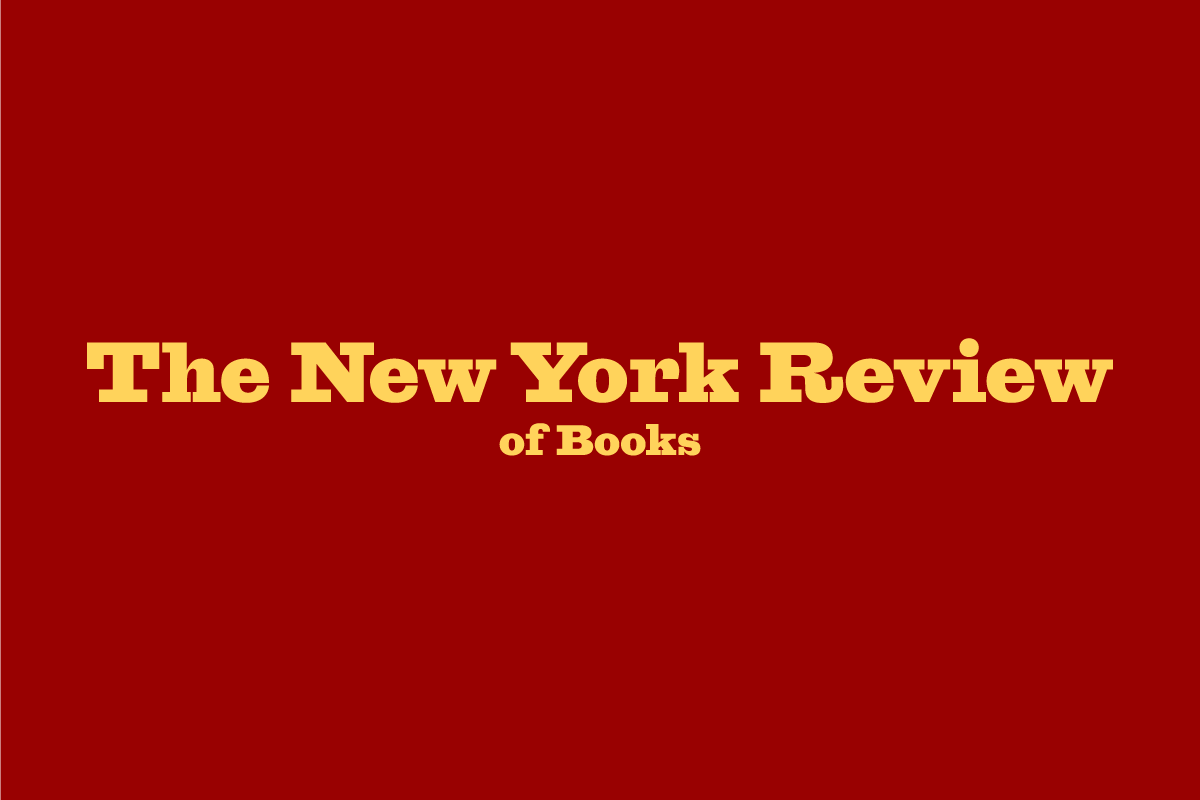



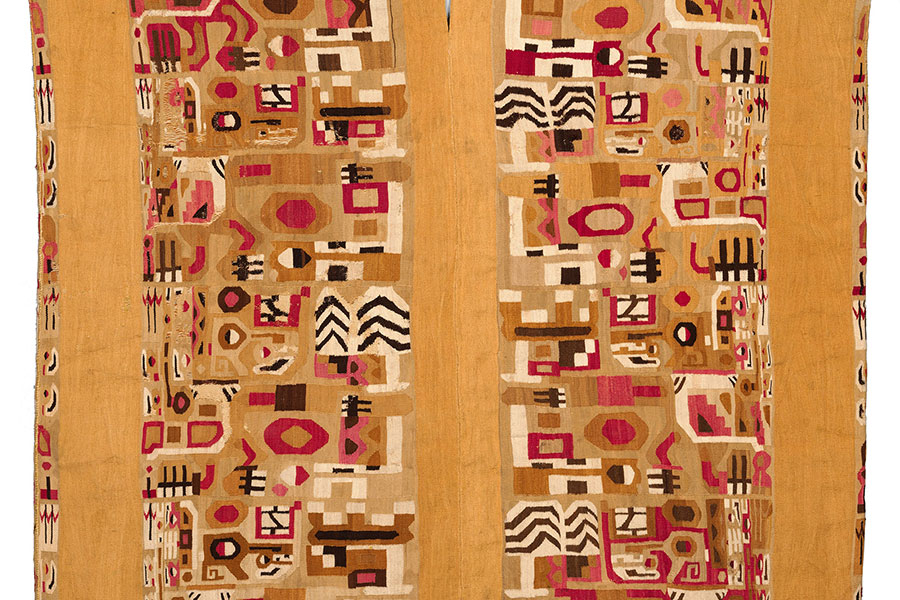

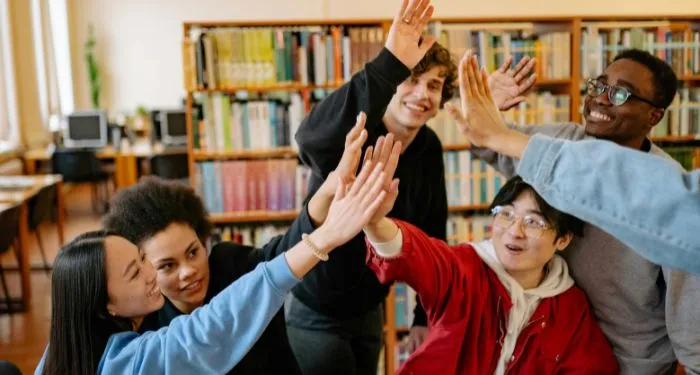

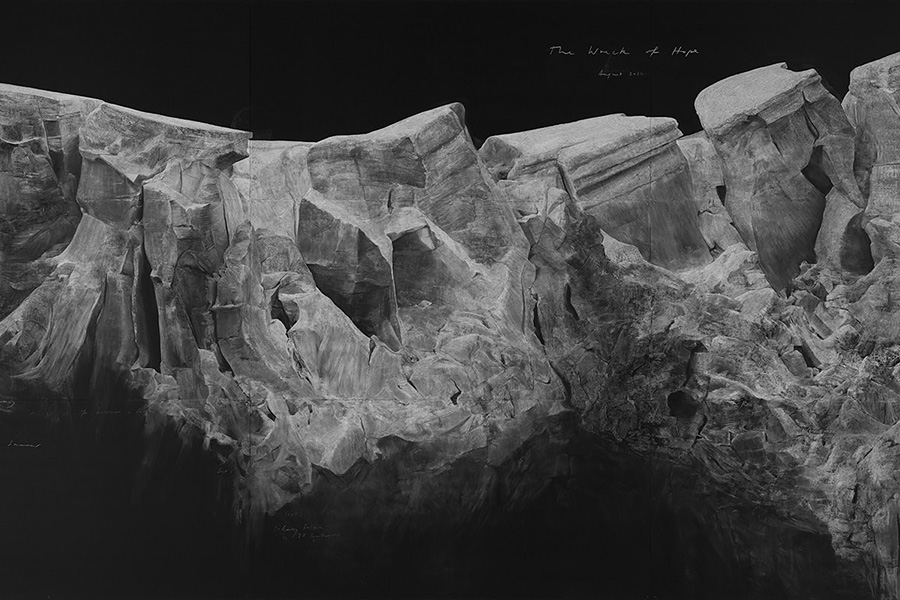


 English (US) ·
English (US) ·